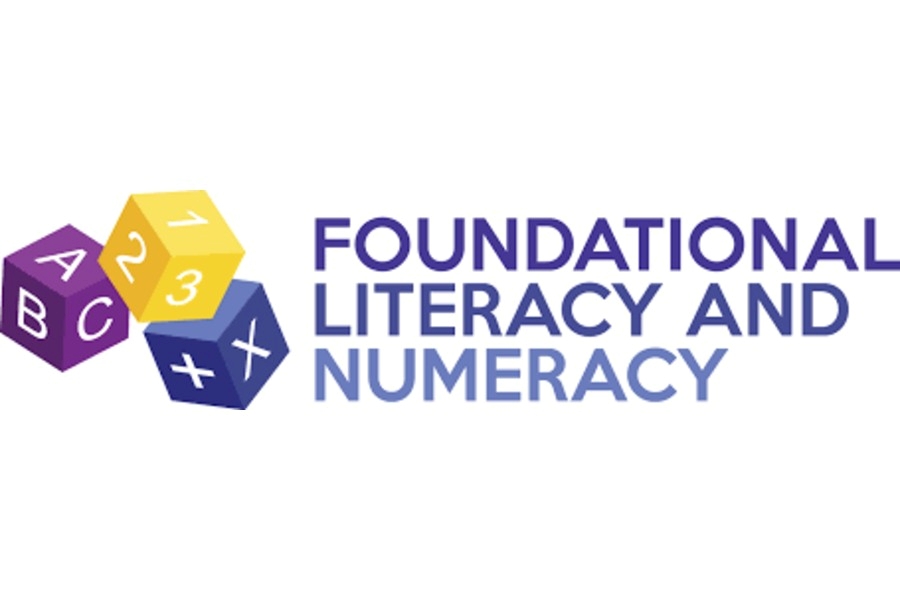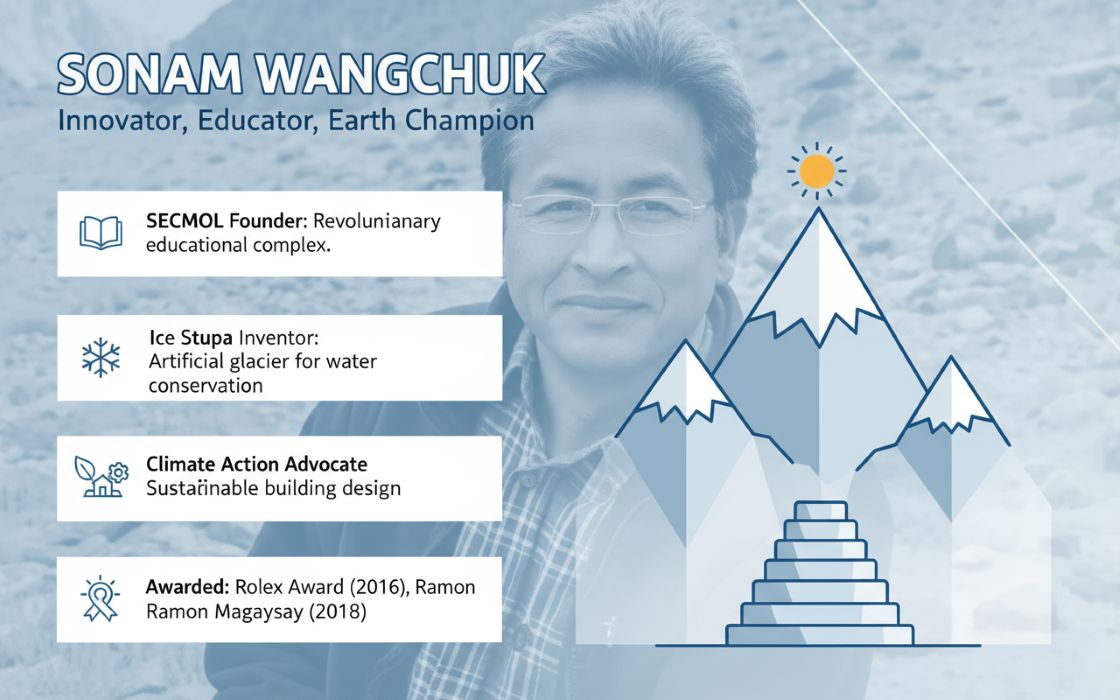Across India’s schoolyards, dreams of athletic glory often fade too soon—not for lack of talent, but for want of support. Despite a vibrant youth population and deep-rooted sporting traditions, India's school-sports ecosystem continues to grapple with fragmented infrastructure, talent drain, and inequitable access—especially in rural and under-resourced districts.
In a landmark move to address these systemic challenges, the Sashakt Development and Empowerment Foundation (SDEF) has partnered with the School Games Federation of India (SGFI)—India’s apex body for school sports. Together, they are pioneering a grassroots revolution that goes far beyond stadiums and medals. With a focus on sustained athlete development, digital innovation, indigenous games, and inclusive impact metrics, this alliance signals a paradigm shift in how we nurture the champions of tomorrow.
In this candid and in-depth conversation, Mr. Deepak Jolly, Founder and Chairman, and Dr. Praveen Aggarwal, Founder and Executive Director of SDEF, speak with TheCSRUniverse about the critical gaps in India’s sporting pipeline, their strategy to leverage CSR capital and technology, and the vision of transforming school sports into a powerful engine for social change, gender empowerment, and community well-being.
From talent-scouting camps to performance-tracking dashboards and AI-powered analytics, their approach is as strategic as it is human-centered. Read on to discover how SDEF is building a future where every child—regardless of geography or income—has a fair shot at greatness.
Q. What critical gaps in India’s school-sports ecosystem convinced SDEF to pursue a strategic alliance with SGFI, and how does this partnership advance your broader philanthropic vision?
A. India’s school-sports landscape is packed with untapped potential yet remains unorganised and inconsistent in its approach to nurturing young athletes. While there is infrastructure development in some of the regions, there is a considerable gap in identifying and promoting talent at the grassroots level, especially in underdeveloped districts.
Recognizing this disparity, SDEF partners with SGFI, India’s apex school-sports body to address the compelling need and to combine institutional expertise with dedicated philanthropic capital. This partnership is accelerating our aim to empower communities by ensuring that every promising young athlete has an equitable opportunity to succeed regardless of geography or economic background.
Q. As SGFI’s exclusive patron, SDEF will channel CSR budgets and expertise from corporate partners. What incentive structures or impact-measurement frameworks will you use to attract, onboard, and retain companies eager to invest in grassroots sports?
A. We at SDEF believe in creating significant influence with measurable impact. We are setting up an integrated dashboard to provide transparent visibility to our corporate partners on how their contributions bring a change and support the athlete's journey through sustainable outcomes.
Additionally, we plan to recognize our partner companies through co-branded events, annual impact reports, and recognition in national forums. By aligning sports CSR investments with meaningful social returns such as gender inclusion and rural upliftment, we aim to build a compelling value proposition for companies committed to nation-building.
Q. What concrete mechanisms (e.g., talent-scouting camps, scholarship funds, digital performance-tracking) will ensure that promising athletes from under-resourced districts receive sustained coaching, nutrition, and exposure rather than one-off interventions?
A. To develop a sustainable and integrated approach, we are developing a three-tier model:
- Talent Identification: Nationwide talent-scouting camps in partnership with SGFI’s school network.
- Sustained Support: Scholarship funds covering coaching, nutrition, equipment, and travel for competitions.
- Continuous Tracking: A digital performance-tracking system for coaches, athletes, and parents to monitor progress and adapt training needs.
Our holistic strategy ensures that support is not limited to the camp but extends throughout the athlete’s formative years.
Q. How will the initiative balance support for Olympic-track sports with the preservation and promotion of indigenous games that resonate culturally at the community level?
A. We see indigenous games as equally vital in India’s sporting landscape. They reinforce local identity, foster community engagement, and strengthen grassroots participation. Our roadmap includes dedicated funding to revive and institutionalize regional sports through school-level competitions, coach training, and cultural festivals.
By integrating Olympic-track and indigenous sports under a unified framework, we ensure that children have the freedom to excel in both modern disciplines & traditional games and preserve our rich heritage.
Q. Many schemes focus heavily on building facilities. How are you allocating resources between physical infrastructure and “soft” assets such as coach upskilling, sports science, and mental-health support?
A. While physical infrastructure is essential, SDEF has an unwavering belief that “soft” assets build champions. We plan to allocate at least 40% of our annual spend to crucial areas such as coach upskilling, sports science integration, injury management, and athlete mental well-being programs.
With the investment in people and processes, we aim to build a comprehensive ecosystem that produces well-rounded athletes.
Q. Beyond medals, what metrics will you track to capture social dividends—such as improved school attendance, gender empowerment, or community health—that stem from a vibrant sports culture?
A. We view sports as a vehicle for widespread transformations and societal change. We aim to track these transitions with:
- Improvement in school attendance and retention rates, especially for girls.
- Percentage increase in female participation in competitive sports.
- Community health indicators like obesity levels and youth fitness.
- Employment generation through local coaching and support staff.
- These metrics ensure that our impact narrative goes far beyond medals alone.
Q. What are your milestones for the next three to five years—in terms of districts covered, athletes supported, and corporate contributors—and how will you course-correct if targets are missed?
A. Our three-year plan is to expand our footprint in at least 200 districts with support over 50,000 athletes annually, and onboarding 50+ corporate CSR partners.
We have set up an adaptive governance framework with quarterly reviews to ensure clear and transparent operations. If any milestone is at risk, we will recalibrate budgets, intensify outreach in underperforming regions, and fortify alliances with local NGOs to maintain momentum.
Q. How do you plan to leverage technology (AI-driven analytics, virtual coaching, talent databases) to democratise access and continuously refine training programmes?
A. Technology is at the core of our scale strategy. We’re planning to deploy AI-based talent analytics and Sports Science in the near future to identify early signs of high potential. Virtual coaching modules will supplement in-person training, especially in remote areas.
A unified talent database will track athlete progression, enabling seamless access to scholarships, tournaments, and expert mentors.
Q. Given SGFI’s linkage to the Ministry of Youth Affairs & Sports, do you envisage the partnership influencing national sports policy—especially around school-level PE curricula or CSR guidelines for sports funding?
A. Absolutely. One of our long-term goals is to leverage learnings from this initiative to shape policy recommendations. With collaborative data and insights, we aim to assist in modifying PE curricula to create a meaningful balance in academics and sports.
We aspire to advocate for clearer CSR guidelines that make sports development as a mainstream priority for corporate India.
Q. If all goes according to plan, what transformational change should India’s school-sports landscape exhibit by the time today’s Class VI entrants become potential Olympians a decade from now?
A. Our vision is to provide equitable prospects to every child who dreams to represent India on a global stage, regardless of their background and native land.
We are determined to build a consolidated ecosystem that persistently encourages and produces medal contenders, safeguard and cherish our cultural sports heritage and contribute in building a progressive and confident communities.



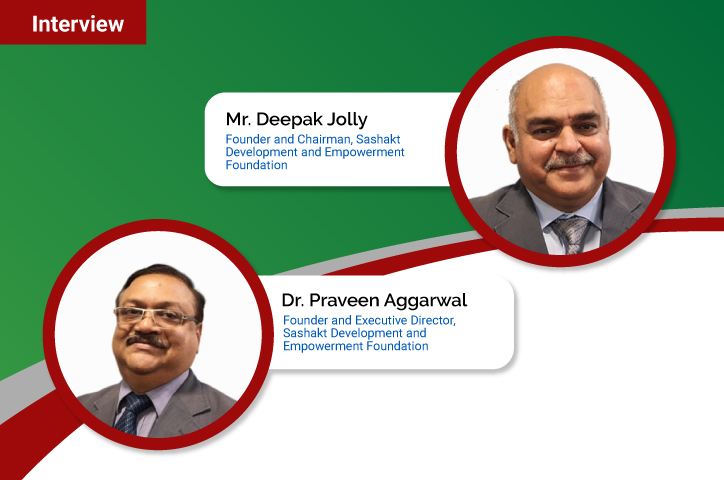
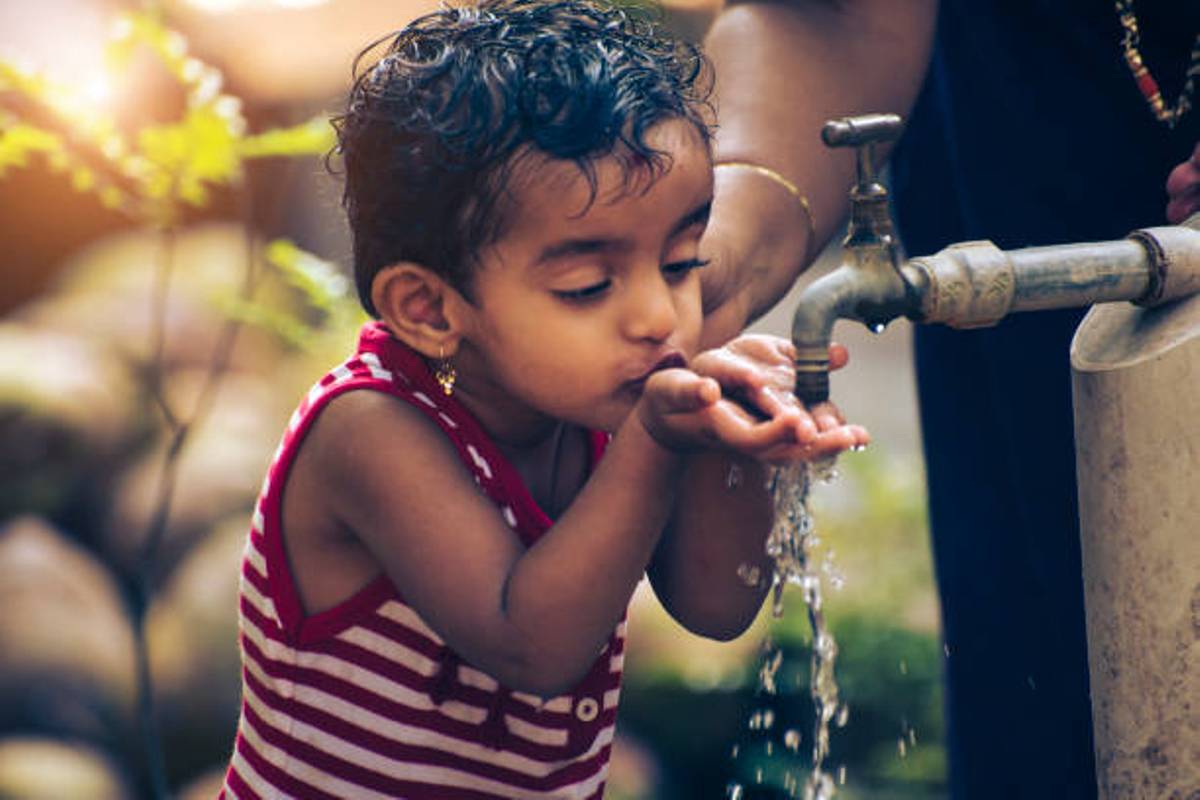
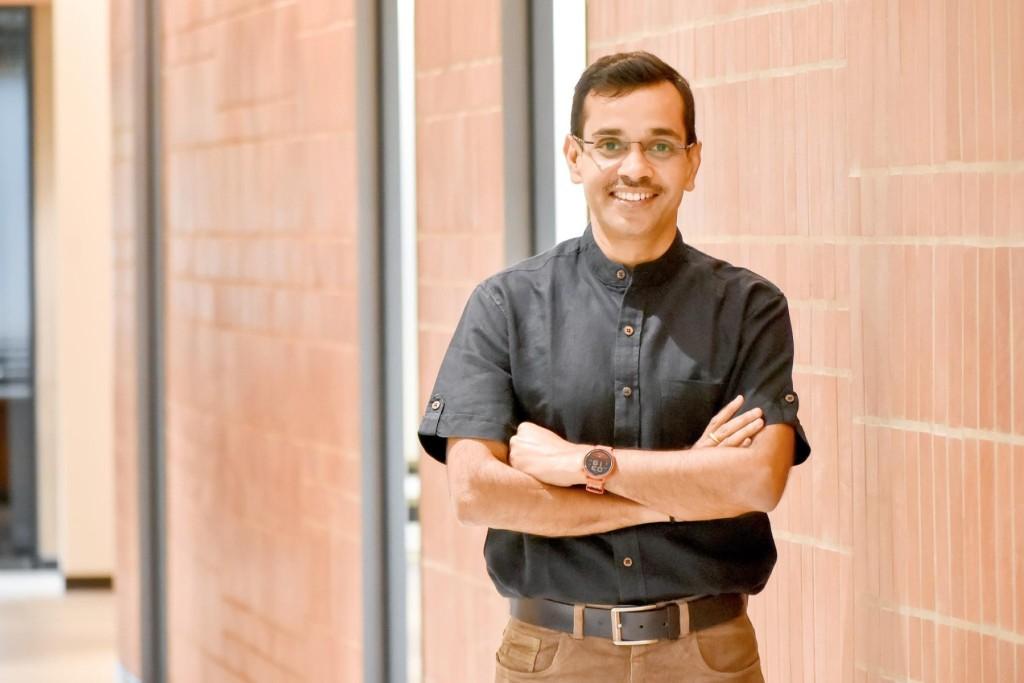

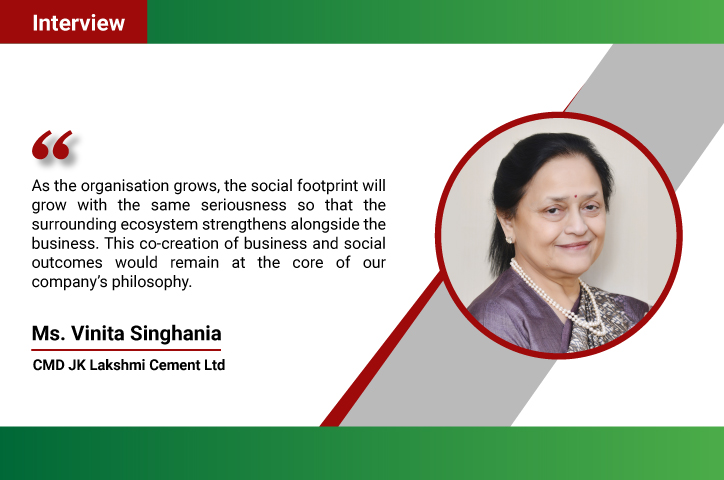
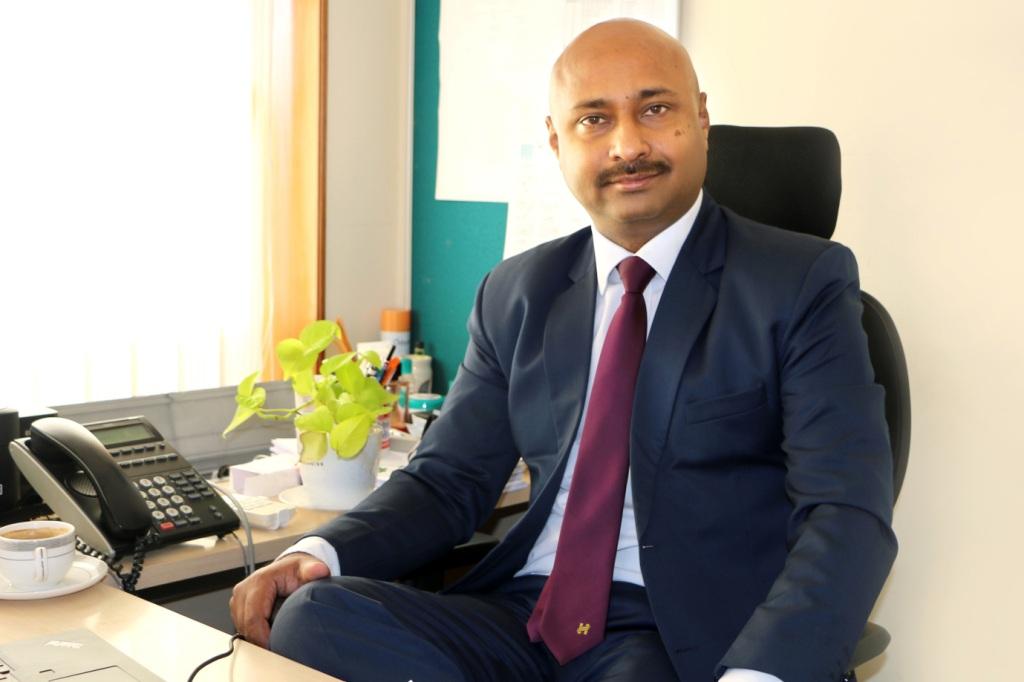
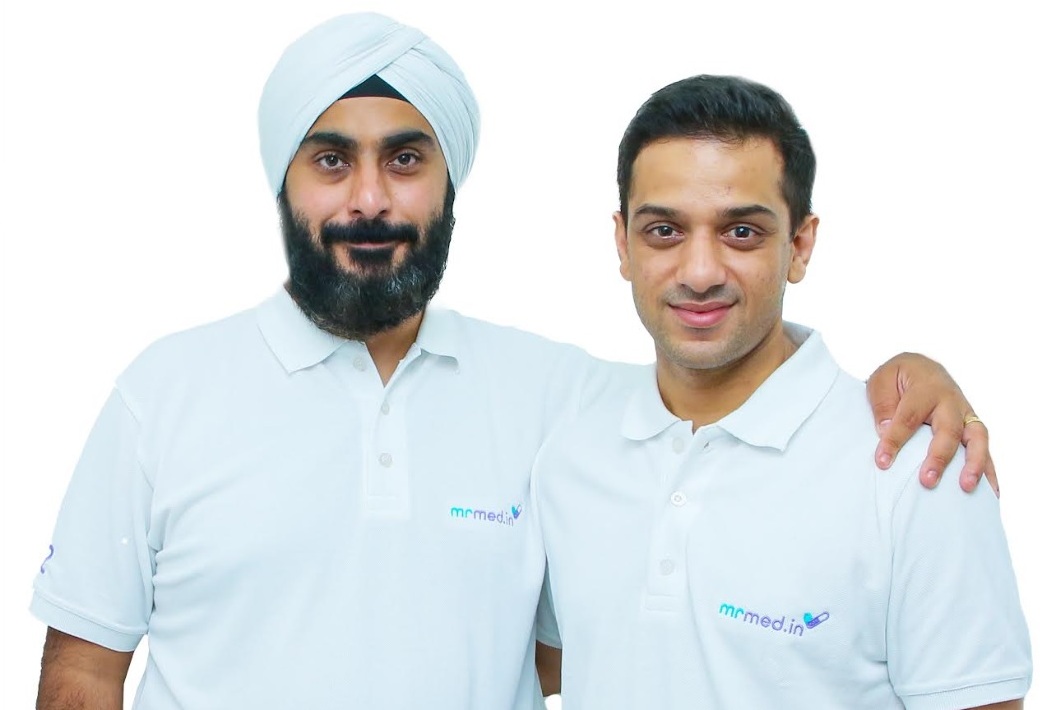
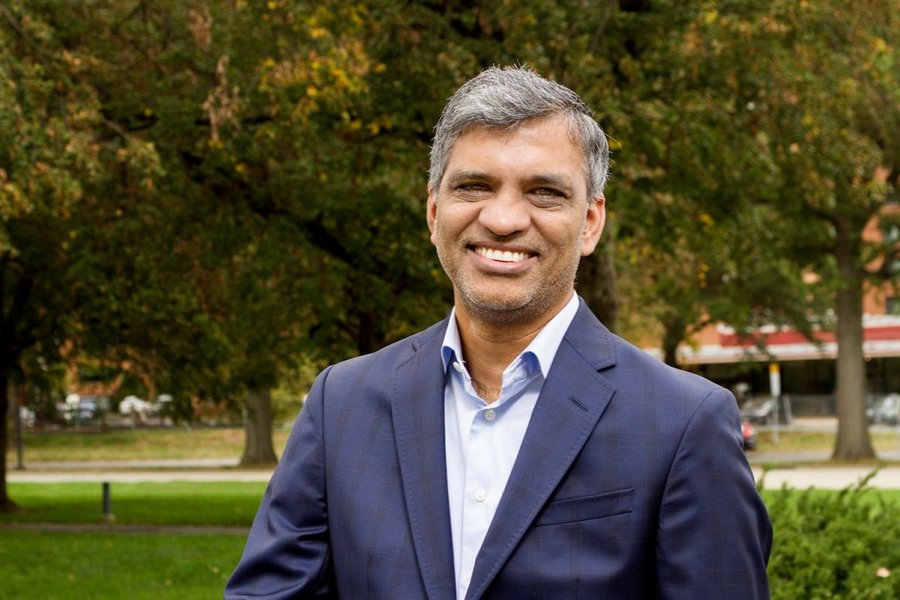
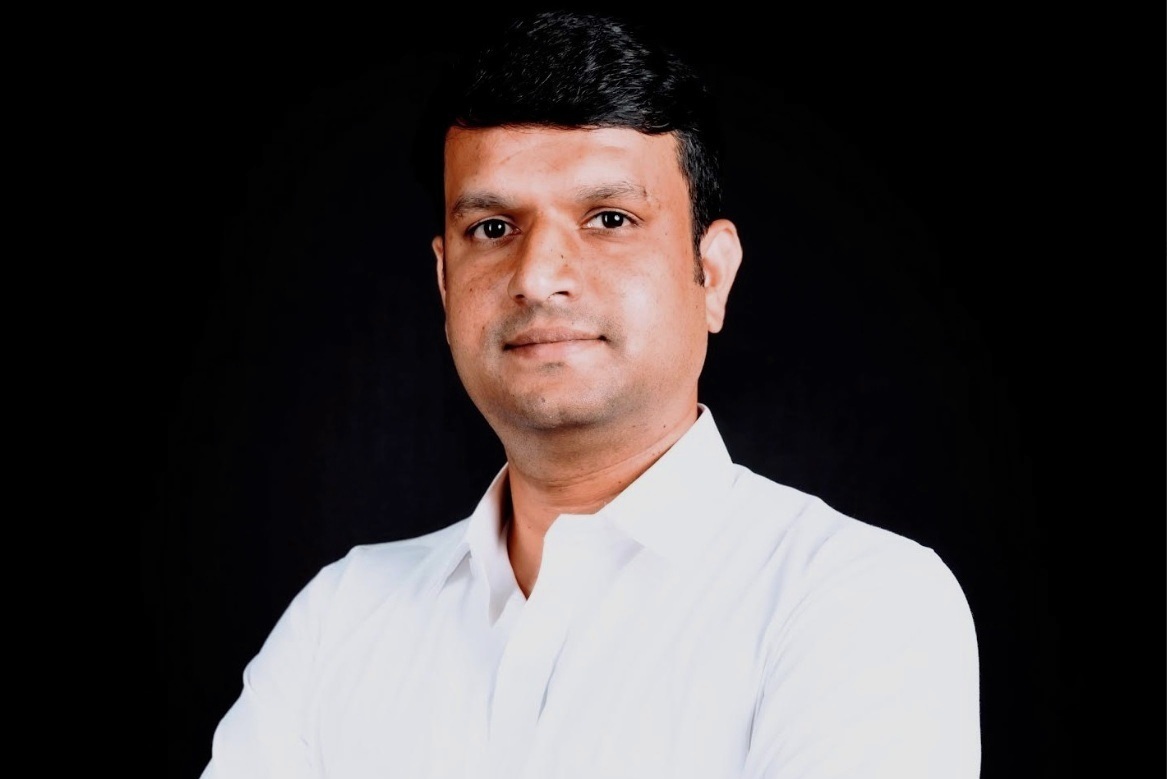
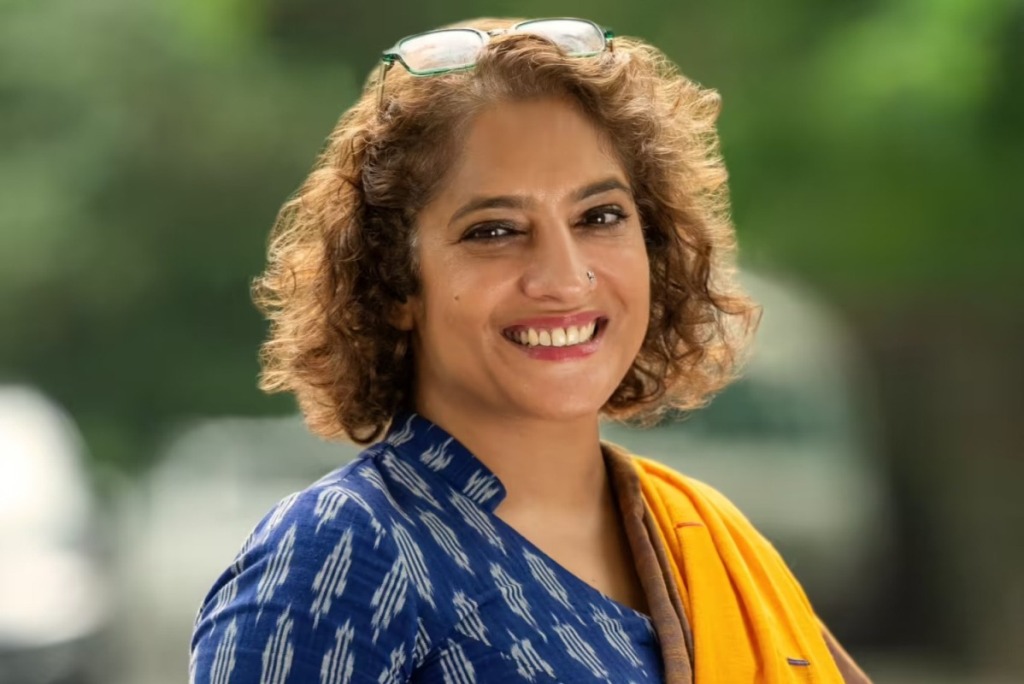
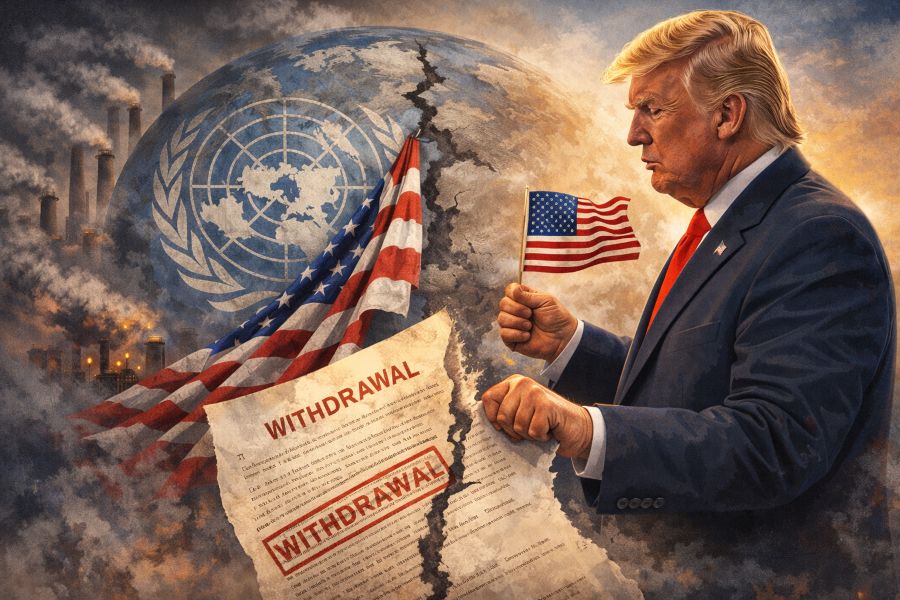
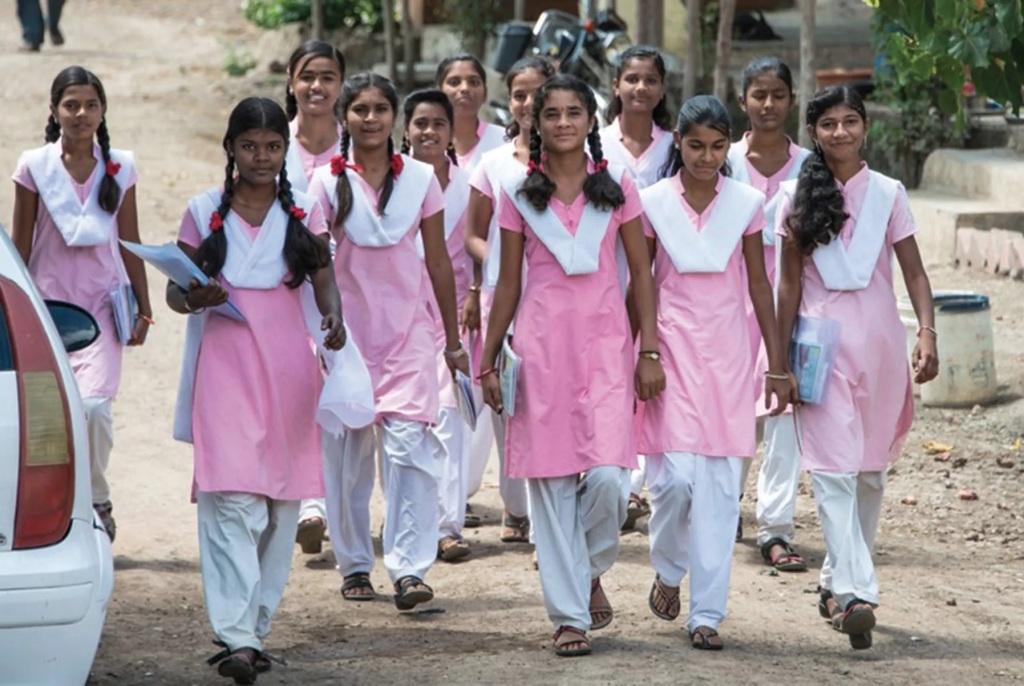
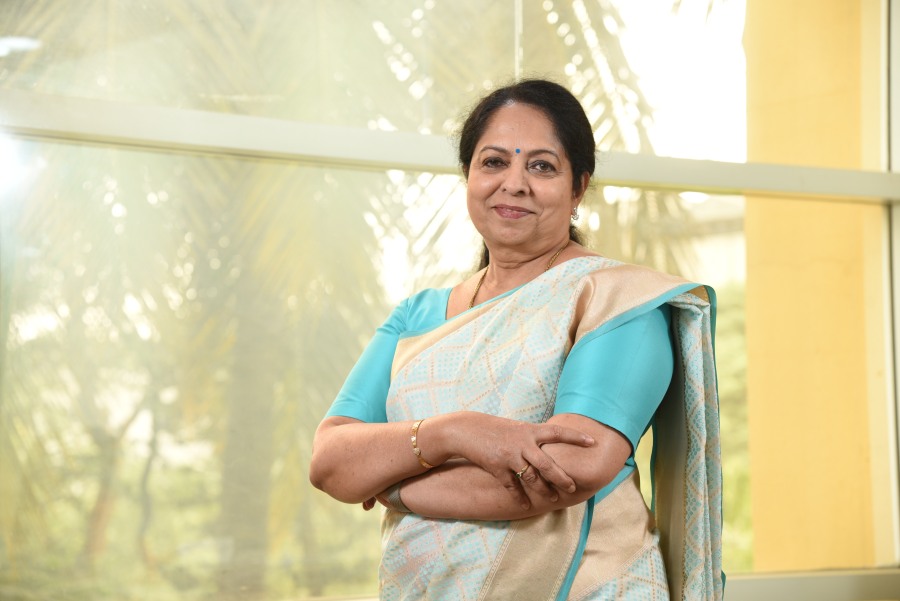
.jpg)
